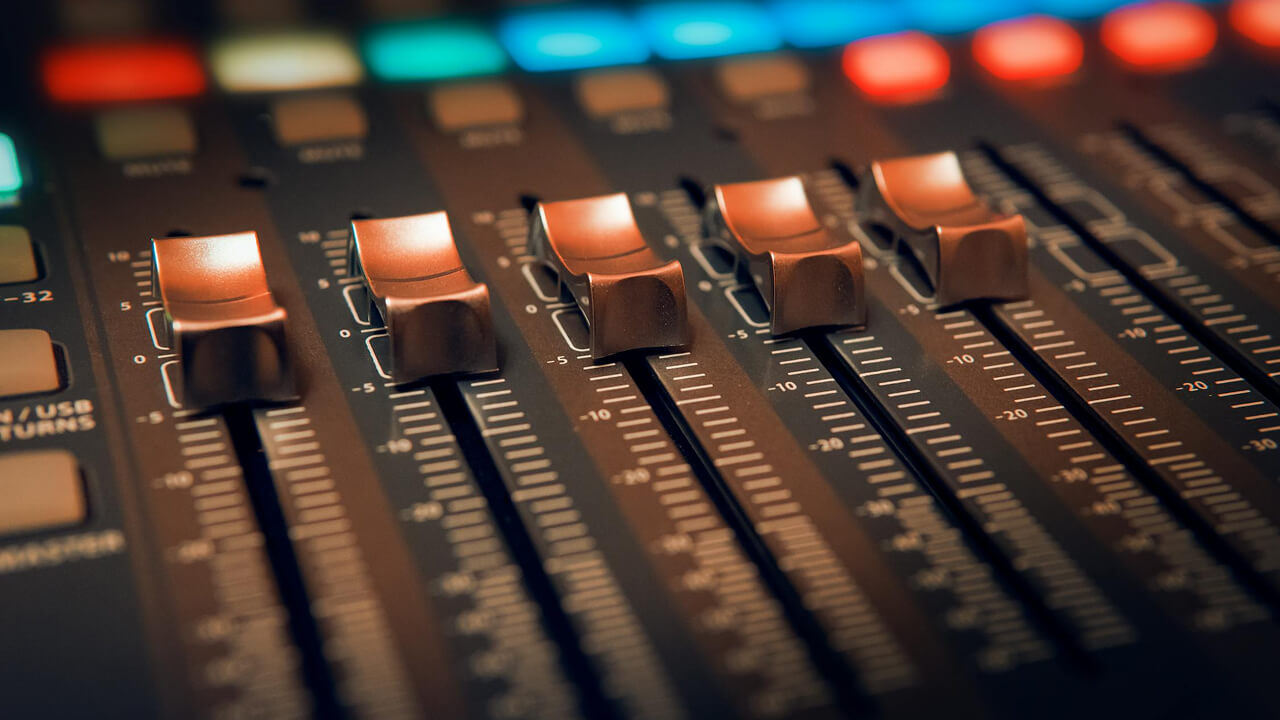Poetic Images in the Etudes-Tableaux
Music has incredible potential to summon up images from life and other arts – but only if you let it. Luckily, composers sometimes remind us to use our imagination: even the title of Rachmaninoff’s Etudes-Tableaux (“study-pictures”) hints that we are meant to imagine striking scenes conjured by this unforgettable music. Drawing on both Rachmaninoff’s remarks and his own interpretations, superstar Nikolai Lugansky shares vivid images for nine etudes from Op. 33 and 39, picturing stormy seas, Little Red Riding Hood, fatalistic and fairytale marches, the endless Russian steppe, Dante’s Inferno, and more. These images shed new light on the composer’s sonic landscape, sparking new ideas for any work of Rachmaninoff you play.

























